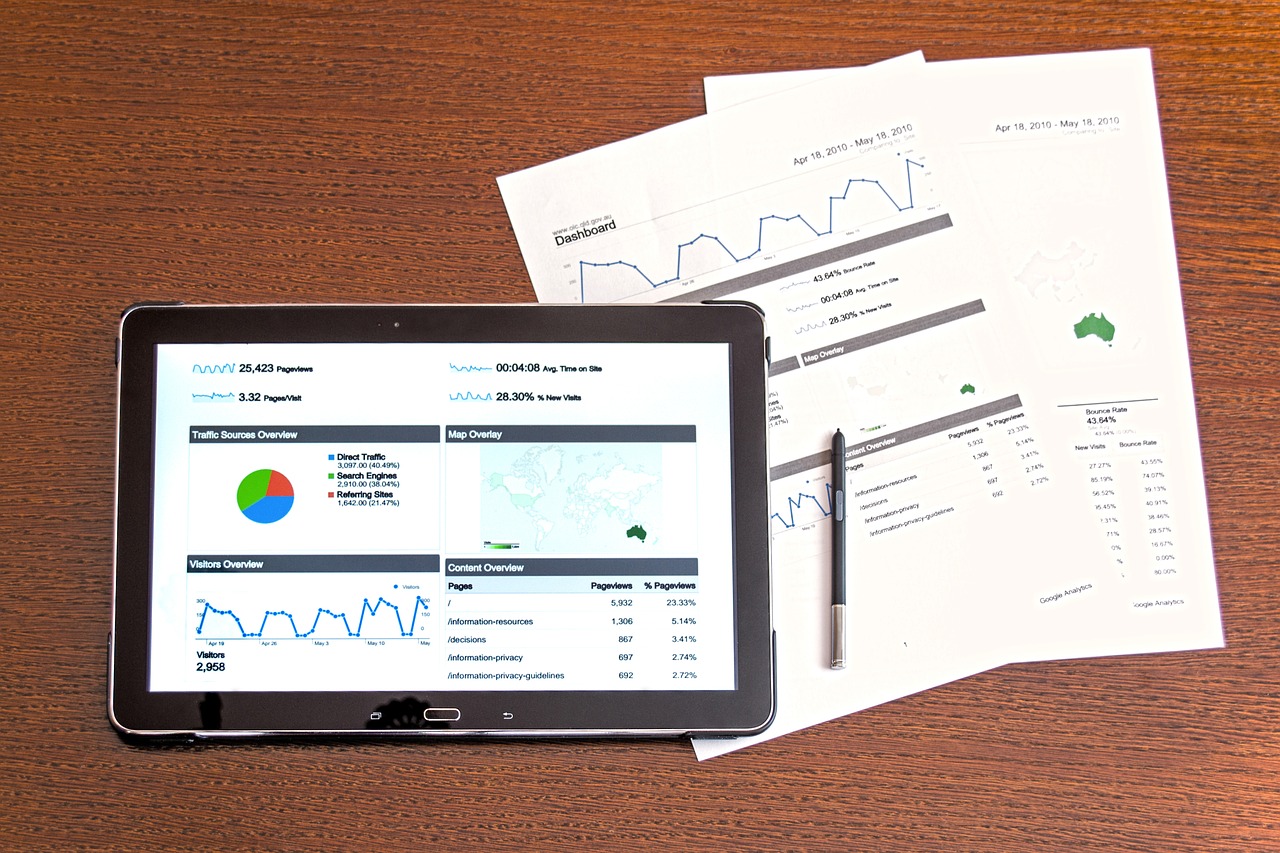Top secrets of making money with proactive pricing

“Most managers” are playing it safe and pricing defensively. That is keeping a close eye on the competition and parrying their competitors’ pricing moves. Are you one of these managers? Being reactive in your pricing protects you from the risks of reckless price leadership, but long term you pay the penalty in lost profits.
What is the solution? Become a proactive pricer and turn your pricing into a competitive weapon. Study information about your customers, competitors and industry economics and apply appropriate techniques.
How?
First
Understand where your product or service fits in the pricing framework: competitive intensity and perceived value.
Speciality – products with a high perceived value and a low competitive intensity, such as prescription drugs, water-treatment chemicals etc.
Commodity – low economic value and high competitive intensity, such as steel, aluminium etc.
Threshold products – unique products with unknown customer economic value. Competitive intensity is very low, and pricing can be independent variable.
Engineered commodity – products with high competitive intensity and high economic value, such as PCs, copy machines etc.
> Request my free meeting and help me grow my business today! <
Second
Capitalise on the opportunities with a proactive pricing strategy by focusing on four questions:
1. Does the price reflect the perceived value to the customer? When pricing consider the costs and the risks of purchasing your product (customer economics) e.g. switching cost etc.
2. Will the price help the buyer look good? Find who the decision makers are and what their performance is measured on e.g. cost cutting, profitability etc. Ensure the price is sensitive to these requirements to make them look good.
3. How will the prices change over time? Time all price changes to the anticipated reactions of customers and competitors rather than to the results of your own cost analysis.
4. How will competitors respond? Gather, collate and analyse information about your key competitors to predict likely reactions to a proposed price initiative.
> Request my free meeting and help me grow my business today! <
Third
From strategy to tactics:
• Price Level – evaluate profit opportunities in day-to-day tactical pricing by checking the money left on the table for orders you have won. Often we know and report competitors prices on the lost orders and not on the orders won, so you may miss out on the opportunity to sell higher thinking that the competition has the lowest prices in the industry.
• Set guidelines based on 2 customer specific factors: price sensitivity and price transparency – If the customer is price sensitive match or underprice the competitor. And vice versa. Also, if the customer is showing the competitors your price, it is better to price higher even if you lose some orders, as this will make the competition think that the market price is higher than it actually is.
• Timing price changes – How quickly should you follow a competitor’s price cut? And how long, if at all should you put off following price increase? Consider 2 variables: strength of market share and cost relative to that of the competition. You can build customer loyalty and even attract new business by playing the role of a low-cost supplier who never initiates a price increase and follow competitors’ increases reluctantly. You can out manoeuver your competition by adopting price structure to your customer’s purchasing procedure and criteria.
Finally – collect data about the competition and the customers during the whole life cycle of the product. And make one person accountable for setting, monitoring and controlling the system to make your proactive pricing effective.
Use this guide to build and sustain profits. Start with understanding the dynamics of the price level, structure and timing and have knowledge of the customer, an up-to-database and consistency in execution.
> Request my free meeting and help me grow my business today! <
Post originally published via ICAEW Business Advice Service – click here










